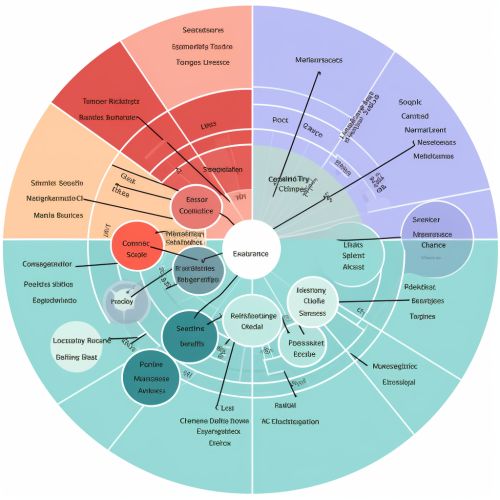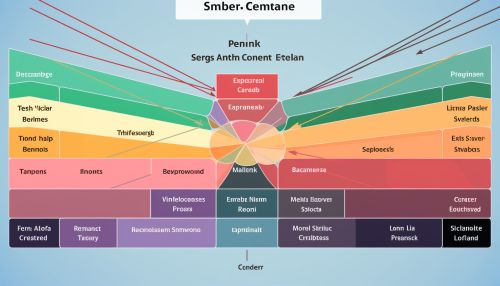Input-Output Analysis
Introduction
Input-output analysis is a method of economic analysis that represents the interdependencies between different branches of a national economy or different regional economies. This method, also known as Interindustry analysis, was first introduced by the Nobel Prize-winning economist Wassily W. Leontief in the 1930s.
Concept and Methodology
The input-output model uses a matrix representation of a nation’s (or region’s) economy to predict the effect of changes in one industry on others and by consumers, government, and foreign suppliers on the economy. The model embodies the double-entry principle whereby each monetary transaction is represented as both an expenditure and a receipt.
Leontief Matrix
The Leontief Matrix, named after Wassily Leontief, is the foundation of input-output analysis. It is a square matrix that shows what each sector purchases from every other sector in order to produce its output of goods or services. The matrix is constructed in such a way that the amounts of goods or services that are produced by each sector are represented along the rows of the matrix, while the inputs or purchases from other sectors are represented along the columns.


Applications of Input-Output Analysis
Input-output analysis has been used extensively in various fields, including regional science, environmental economics, and industrial ecology. It is also a fundamental tool in economic planning and forecasting.
Limitations of Input-Output Analysis
While input-output analysis provides valuable insights into the interdependencies within an economy, it also has several limitations. These include the assumption of linear relationships between inputs and outputs, the static nature of the model, and the difficulty in accurately measuring interindustry relationships.
Conclusion
Despite its limitations, input-output analysis remains a powerful tool for understanding the complex interrelationships within an economy. Its application in various fields has provided valuable insights and has contributed significantly to our understanding of economic systems.
